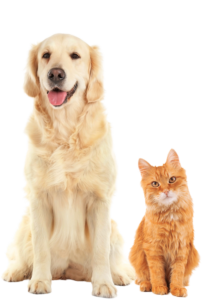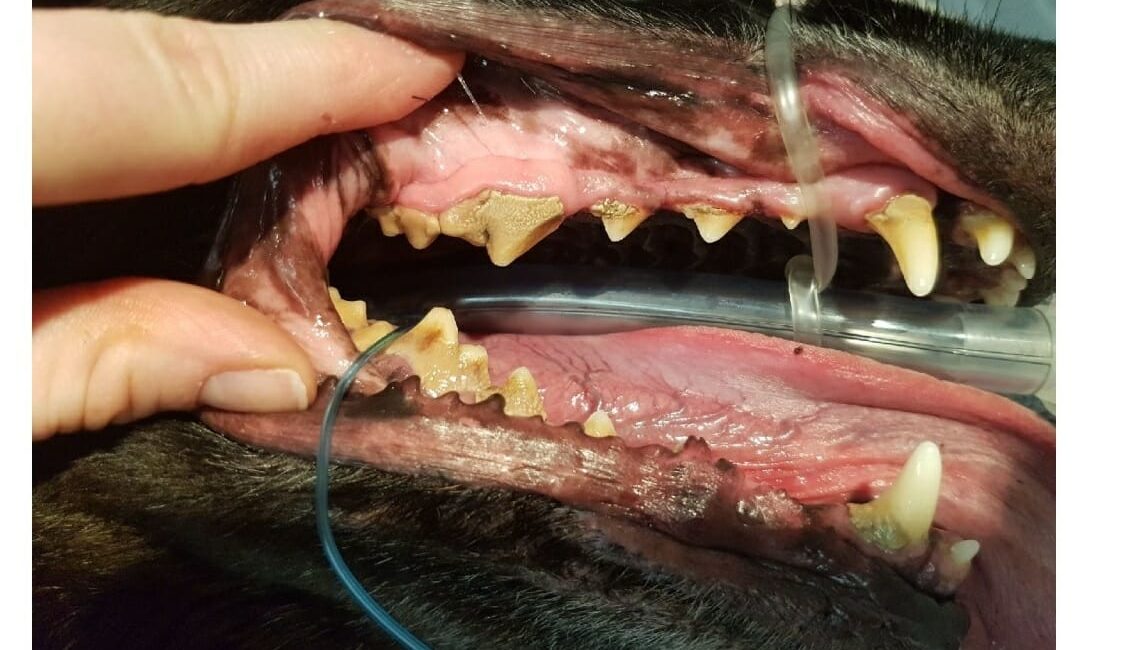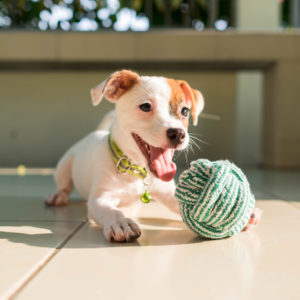Meet Bentley – he is a 7-year-old retriever mix who belongs to our very own veterinary assistant, Amy.
Bentley underwent a Comprehensive Oral Health Assessment and Treatment (COHAT) at the Southampton Pet Hospital. A COHAT is an acronym used to describe what may commonly be referred to as a “dental” but is a more accurate description of what occurs.
During a COHAT, the patient’s teeth are carefully examined for signs of disease. Dogs and cats can’t tell us when they have a sore tooth, and often we can’t see dental disease by looking at the tooth directly, as mostly occurs under the gumline. Our pets will often continue eating as normal and learn to live with the pain and headaches that occur with dental disease. The best way to make sure our pets are pain-free is to use a dental probe 360 degrees around each tooth to detect pockets. It will help your veterinarian to indicate bone loss and/or infection surrounding the tooth. Full mouth x-rays are needed to examine the tooth root for any defects that are not detectable by probing.
It is necessary for the dog or cat to be under general anesthesia to fully assess the teeth. Although anesthesia has risks involved, the risks of chronic dental disease are much greater. Over time, it can lead to pain, inflammation, bacterial infections, behavioural problems, heart disease, sepsis, and more. Preanesthetic bloodwork is performed to ensure the pet is healthy for anesthesia, and there is constant anesthetic monitoring throughout the procedure.
The teeth are scaled and polished just like at a human dentist, and any diseased teeth are surgically removed or a bonded sealant is used, depending on the extent of disease. It is possible to perform root canals on pets, but this is not commonly done as it requires referral to a veterinary dental specialist.
It was Bentley’s first COHAT. Previously, he had minimal at-home preventative dental care. As seen in the photos, he had significant tarter build up on his teeth but minimal gingivitis or inflammation of his gums. His owner reported halitosis or “bad breath” which is a consequence of dental disease (imagine if we didn’t brush our teeth for seven years!).
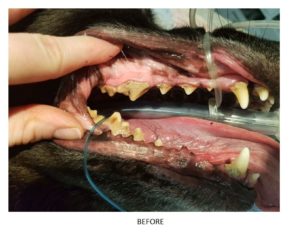
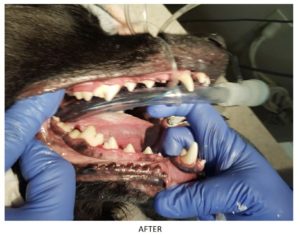
Bentley’s COHAT went great, and luckily, he did not need to have any teeth removed. He had a chipped incisor tooth (one of the small teeth in the front), but that was fixed using a “bonded sealant” to prevent any future complications or pain. By having a COHAT procedure completed, Bentley’s mouth will be feeling great, and he will remain healthier as he enters his senior years. His owner has also decided to incorporate the use of a water additive, “Healthy Mouth” which will slow down the progression of dental disease in the future. Other preventative options include a dental diet, dental chews, or regular at home teeth brushing. When purchasing dental food or treats, always look for the VOHC (Veterinary Oral Health Council) label to ensure the products have been proven effective.

If you have a 4 (or 3!) – legged friend with possible dental disease, please contact the Southampton Pet Hospital to set up a free dental examination with one of our wonderful veterinary technicians. Together, we can create a plan for your pet’s dental health care needs.
Written By: Dr. Celeste Desveaux, Veterinarian

